
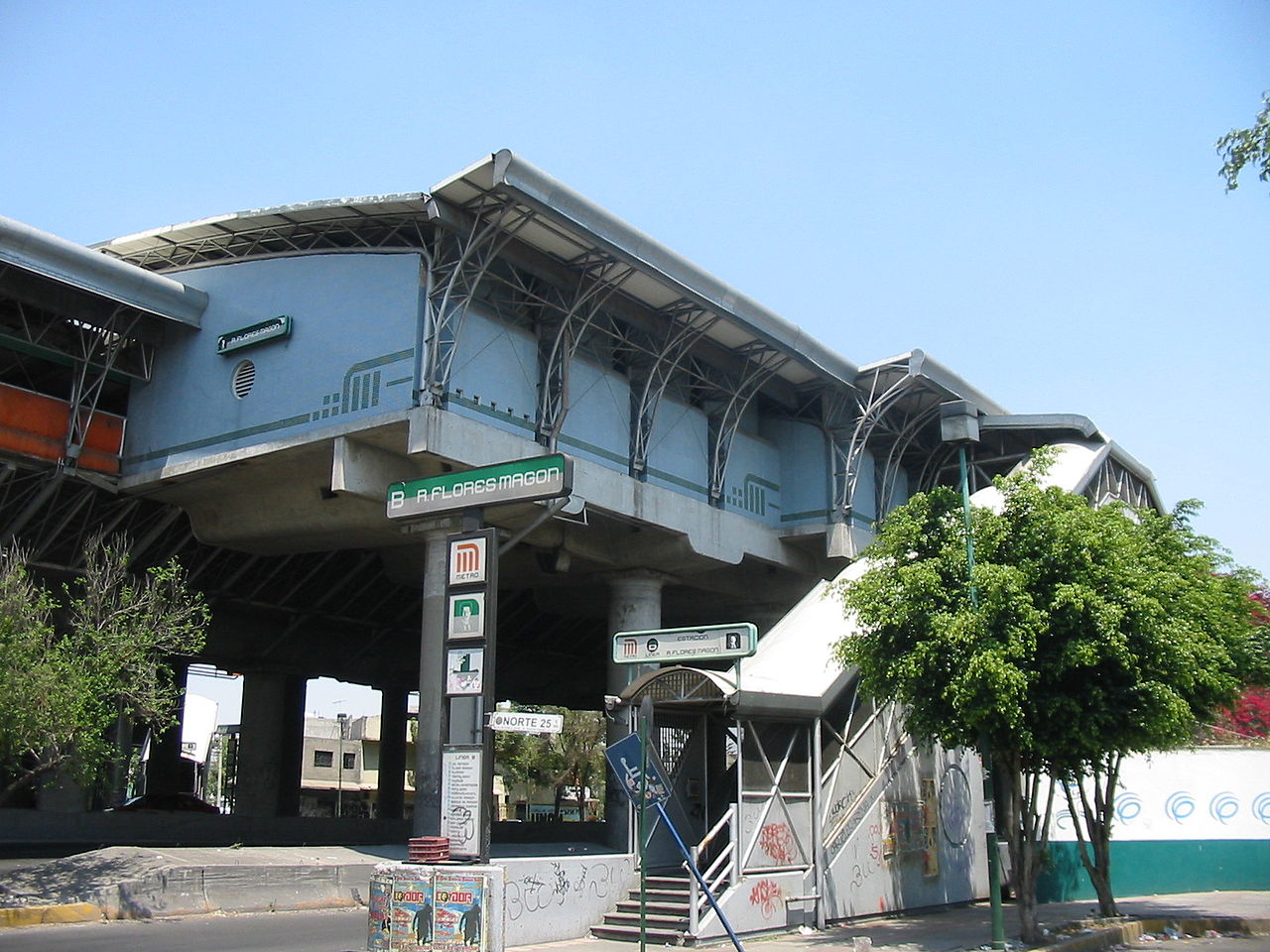
Cipriano Ricardo Flores Magón (1874–1922) was an anarchist and social reform activist, and an important participant in the movement leading up to the Mexican Revolution. His followers were Magonistas. Magón was born in Oaxaca, to Zapotec and Mestiza parents. He early began reading anarchist literature, but also Karl Marx and Henrik Ibsen. A major force in the Partido Liberal Mexicano, he helped to organize the Industrial Workers of the World (IWW) and edited a newspaper aimed squarely at destabilizing the Porfirio Díaz regime. The threats to his liberty became so great that he fled to the USA in 1904 and never returned. He died imprisoned after being charged with sedition under the Espionage Act of 1917. He was convicted and sentenced to 20 years for "obstructing the war effort," a violation of the Espionage Act of 1917. His remains only finally repatriated in 1945. Magón was interred in the Rotunda of Illustrious Persons in Mexico City.
 unidad_de_orientacion@metro.cdmx.gob.mx
unidad_de_orientacion@metro.cdmx.gob.mx
 5627 4950 / 5627 4741
5627 4950 / 5627 4741
 https://www.metro.cdmx.gob.mx/
https://www.metro.cdmx.gob.mx/
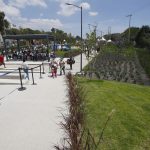
相近 0.41 kms.
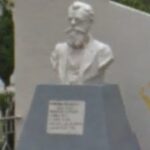
相近 0.73 kms.
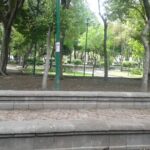
相近 0.79 kms.
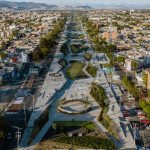
A third stage in the linear park emerges to bring the Canal over the top. . .
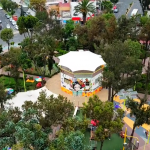
The Colonia Romero Rubio radiates out from the Glorieta Plaza Africa...
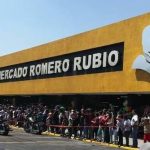
A gigantic market for one of East Mexico City's finest neighborhoods...
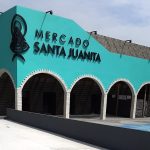
One of Venustiano Carranza's best-looking public markets...
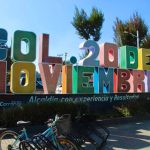
One of Mexico City's newest parks and recreation areas...